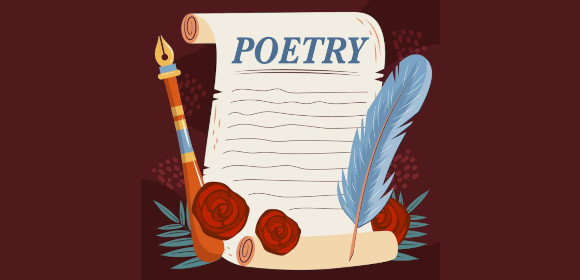30+ Baroque Poem Examples to Download
In the realm of poetry, the Baroque style stands as a splendid tapestry woven with intricate words, vivid imagery, and intense emotions. Baroque poems, characterized by their ornate language and elaborate structure, invite readers to embark on a journey through rich landscapes of thought and sentiment. This article delves into the essence of Baroque poetry, offers a step-by-step guide on how to craft such verses, and presents a collection of examples that showcase the genre’s elegance and complexity.
1. Baroque Poem
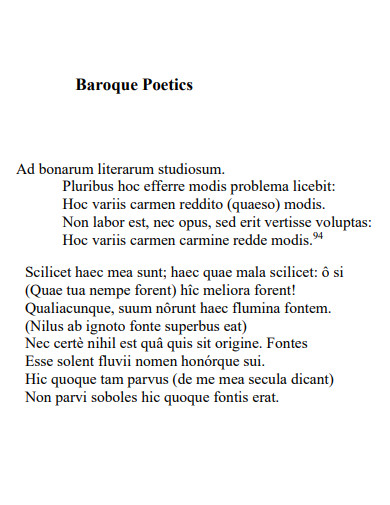
dash.harvard.edu
2. Research on Baroque Poem
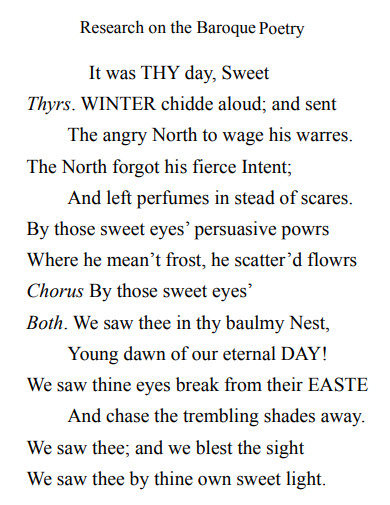
ccsenet.org
3. Sample Baroque Poem
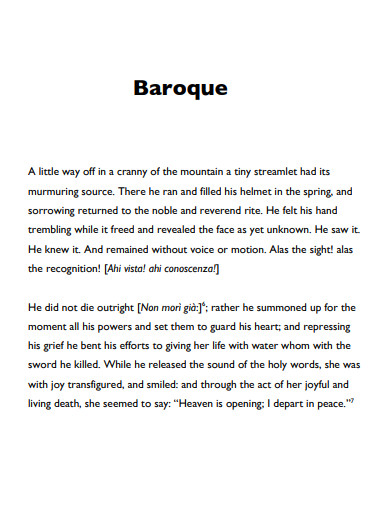
munispace.muni.cz
4. Annual Baroque Poem Example
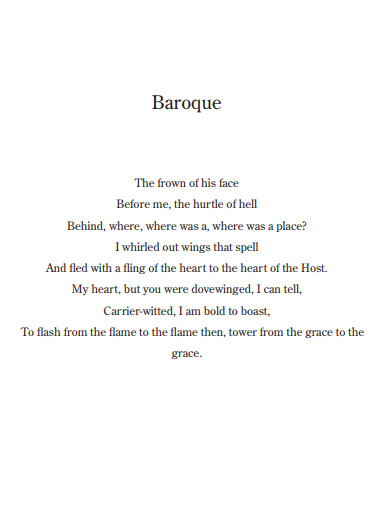
seijo.repo.nii.ac.jp
5. Short Baroque Poem Example
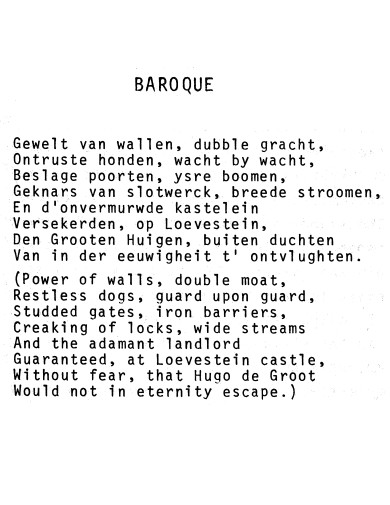
caans-acaen.ca
6. Manuscript Baroque Poem Example
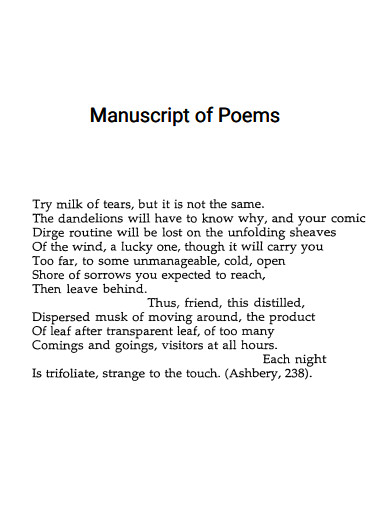
scholarworks.wmich.edu
7. Simple Baroque Poem Example

pwscollege.edu.in
8. Baroque Poem Template
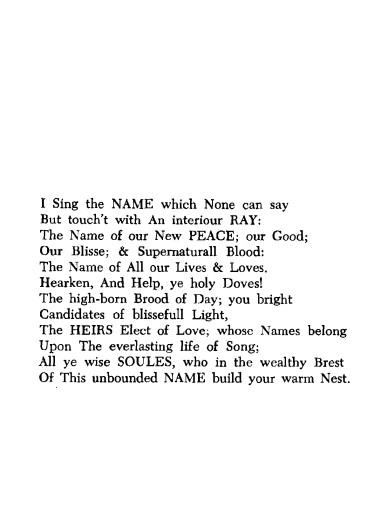
esirc.emporia.edu
9. Baroque Poem Introduction Example
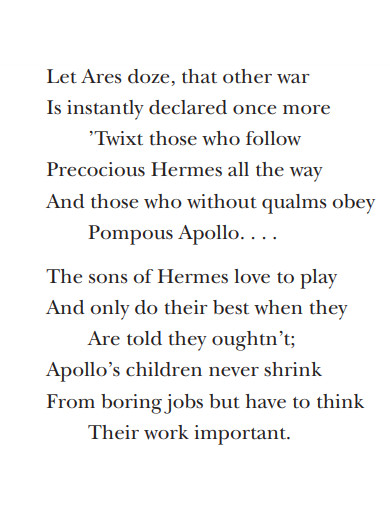
assets.press.princeton.edu
10. Teacher Baroque Poem Example
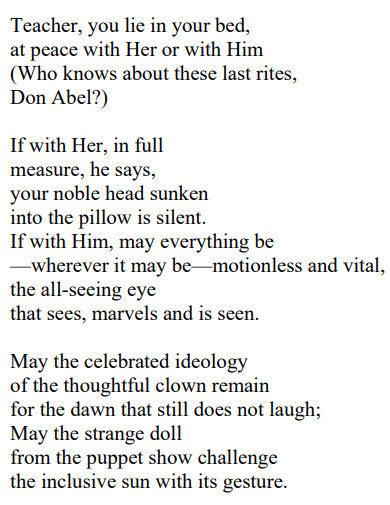
armandfbaker.com
11. Medival Baroque Poem Example
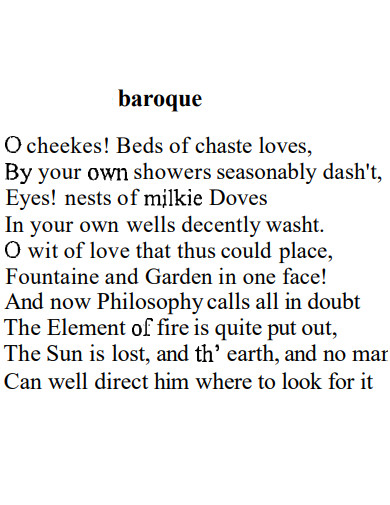
egyankosh.ac.in
12. Music Baroque Poem Example
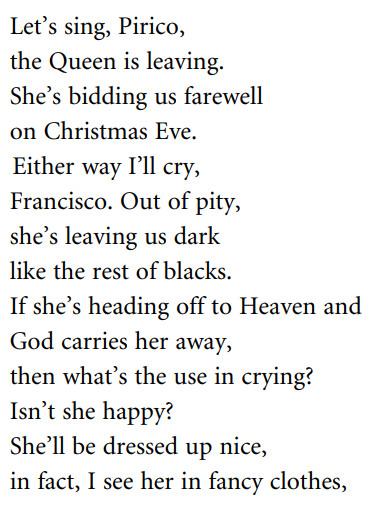
span-port.yale.edu
13. English Baroque Poem Example
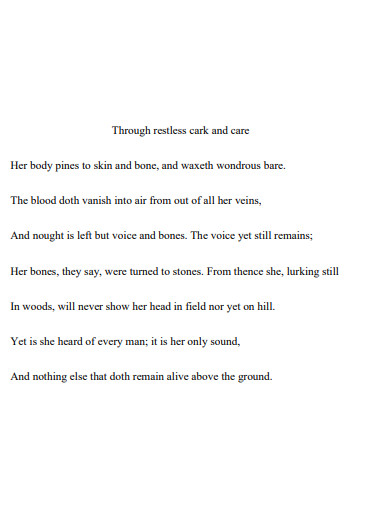
shura.shu.ac.uk
14. Sonnet Baroque Poem Example

dadun.unav.edu
15. Global Baroque Poem Example
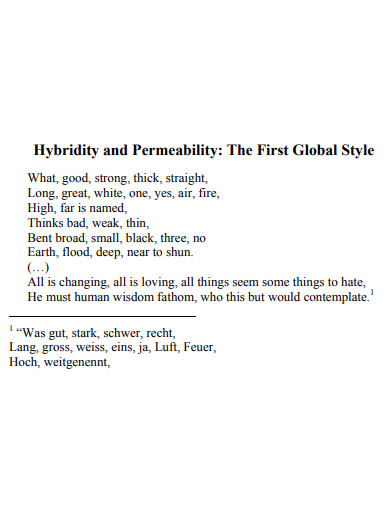
cambridgescholars.com
16. Tang Baroque Poem Example
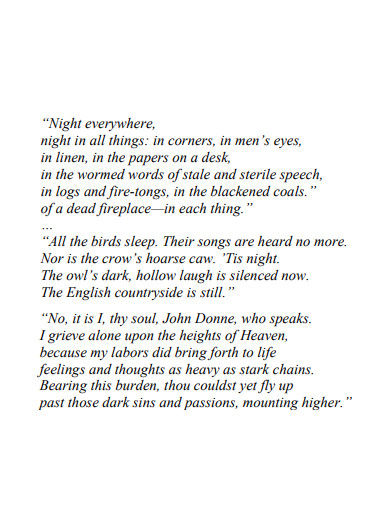
zfwt.org
17. Ecstasy Baroque Poem Example
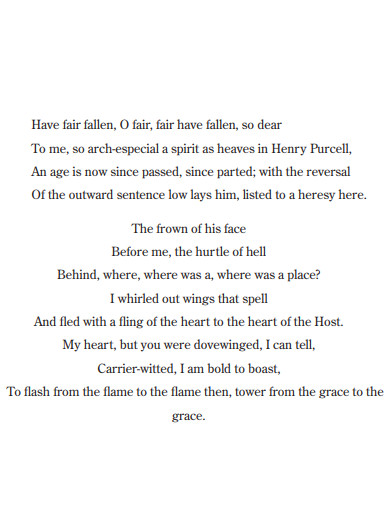
seijo.ac.jp
18. Significant Relationship Baroque Poem Example
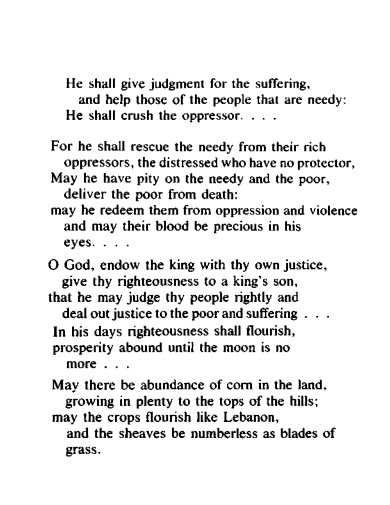
kb.osu.edu
19. Basic Baroque Poem Example
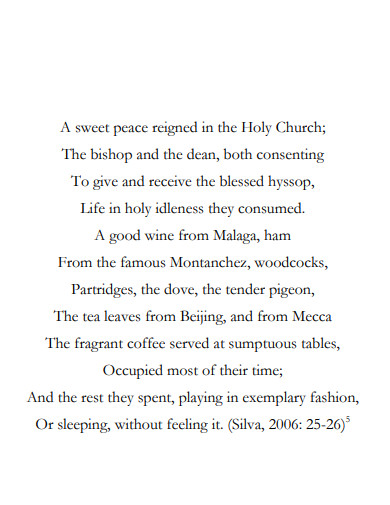
brown.edu
20. Baroque Poem Outline Example
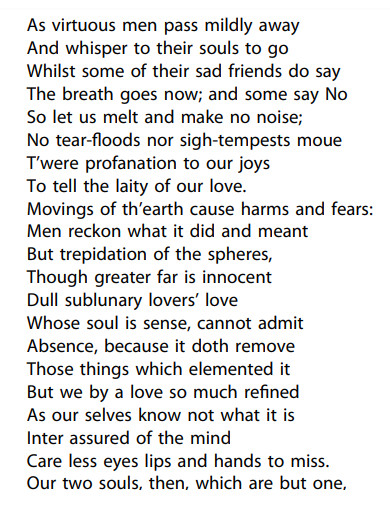
diva-portal.org
21. Baroque Tradition Poem Example
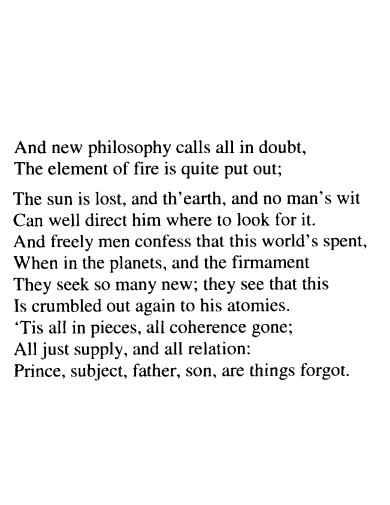
ir.lib.uwo.ca
22. General Baroque Poem Example
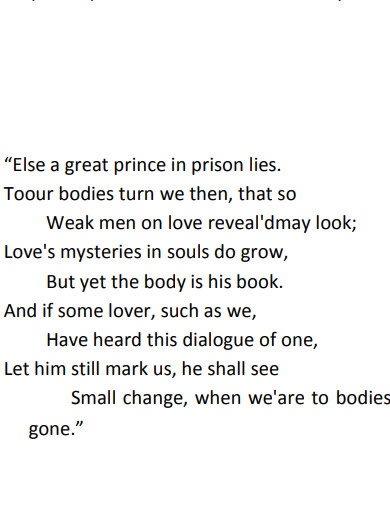
rjelal.com
23. Generic Baroque Poem Example
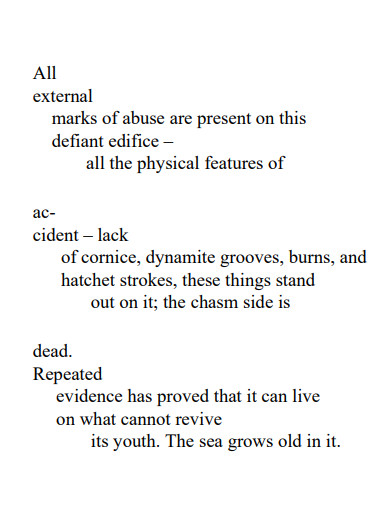
repozytorium.amu.edu.pl
24. Standard Baroque Poem Example
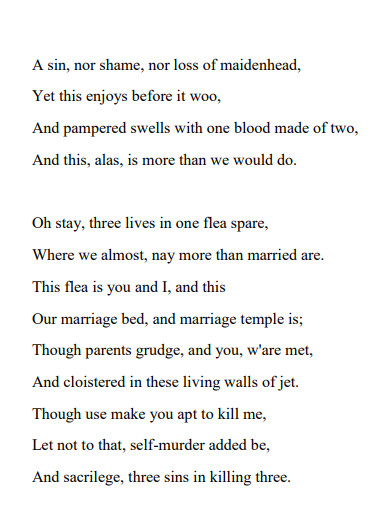
era.library.ualberta.ca
25. Beyond Baroque Poem Example
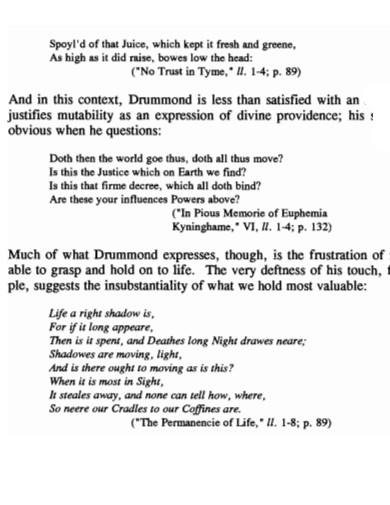
scholarcommons.sc.edu
26. Editable Baroque Poem Example
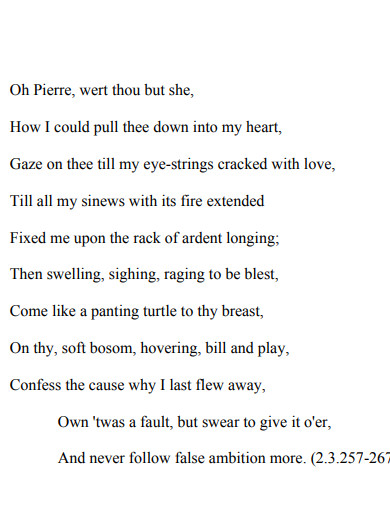
trace.tennessee.edu
27. Baroque Poem Layout Example
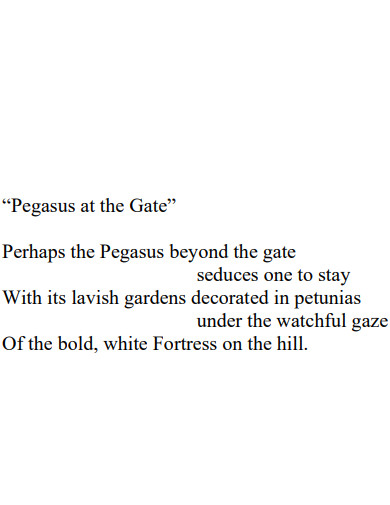
scholarworks.bgsu.edu
28. Song of Songs Baroque Poem Example

pdfs.semanticscholar.org
29. Praise Baroque Poem Example
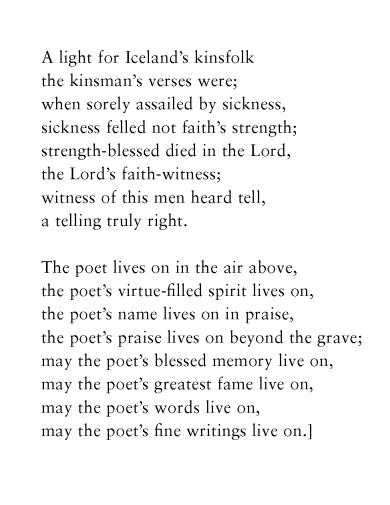
ecommons.cornell.edu
30. Professional Baroque Poem Example
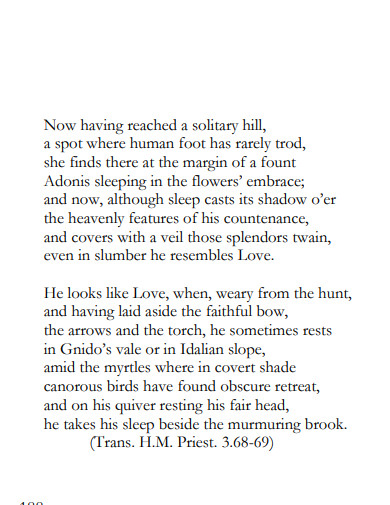
tspace.library.utoronto.ca
31. Baroque Period Poem Example
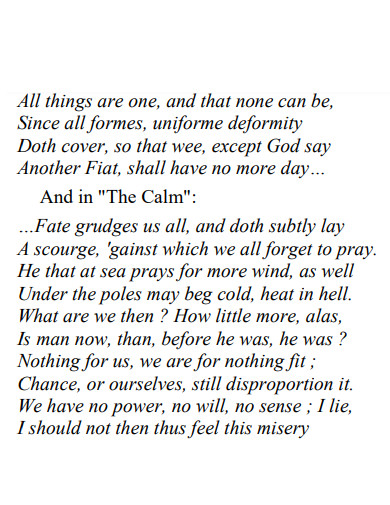
seanewdim.com
What is a Baroque Poem?
A Baroque poem is a work of art that encapsulates the extravagant spirit of the Baroque era, spanning the 17th to 18th centuries. It employs elaborate language, intricate metaphors, and passionate emotions to create a tapestry of words that draws readers into a sensory experience. These poems are often marked by their grandeur, overflowing with rich imagery and detailed descriptions that transport readers to another time and place.
How to draft a Baroque Poem
Baroque poetry is an intricate dance of words, where emotions swirl and imagery blooms. Here’s a guide to crafting your own Baroque masterpiece, where each word is a brushstroke and every stanza a captivating scene.
Step 1: Setting the Tone and Theme
Begin by selecting a theme that resonates with you deeply. Whether it’s love, nature, or the human condition, your chosen theme will guide the emotional landscape of your poem. Establish the tone – the emotional hue of your piece. Is it melancholic, celebratory, or contemplative? The theme and tone are the foundation on which your ornate verses will flourish.
Step 2: Embrace Lush Verbs and Elaborate Conjunctions
Baroque poetry thrives on the lavish use of language. Employ vivid verbs that breathe life into your imagery. Instead of “walked,” use “strolled,” “meandered,” or “sauntered.” Elaborate conjunctions such as “whilst,” “whereas,” and “though” lend a sense of opulence to your verses, weaving together complex thoughts and emotions.
Step 3: Weave a Symphony of Elements
Baroque poems are a symphony of elements – engage the senses with detailed observations. Describe textures, scents, and sounds that transport your readers into the heart of your poem’s world. Paint with words, infusing each line with the richness of your surroundings.
Step 4: Navigate Context and Avoid Clichés
Place your poem within a specific context, be it historical, cultural, or personal. This grounds your ornate verses in a tangible reality. While richness is the hallmark of Baroque poetry, avoid clichés. Instead of overused phrases, create original metaphors that surprise and engage your audience.
FAQs
Can I use modern themes in Baroque poetry?
Absolutely. While Baroque poetry emerged in a specific era, its essence lies in ornate expression. Feel free to explore contemporary themes while adhering to the style’s intricate language.
How long should a Baroque poem be?
Baroque poems can vary in length, but they often tend to be longer due to their elaborate nature. Aim for a length that allows you to delve deeply into your chosen theme and craft intricate imagery.
Can I mix different tones within a Baroque poem?
Yes, you can. Baroque poetry is known for its emotional complexity. Mixing tones within a single poem can create a rich tapestry of feelings that captivate the reader.
In conclusion, Baroque poetry is a celebration of language’s transformative power. Through its elaborate imagery, intricate language, and passionate emotions, it allows poets to capture the grandeur of life’s moments. By following the steps outlined in this guide, you can embark on a journey of crafting your own Baroque poem, infusing your words with the opulence and elegance that define this unique style.


